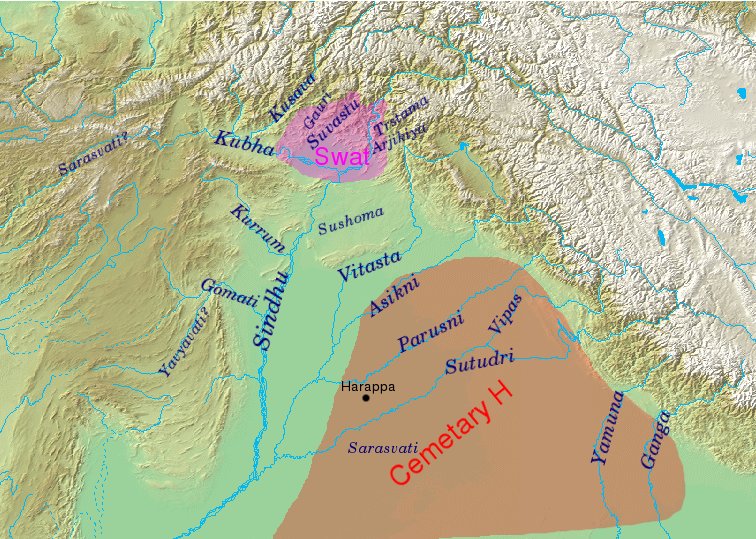- Joined
- Aug 3, 2010
- Messages
- 4,654
- Likes
- 8,364
You say steppe migration happened, but you again debate if it's proven in the vedas? Does Sanskrit share a lingustic link with Persian? Does early Indic and Iranic religions have similarities?And overall, that's just on branch the Indo-Iranian branch, all of the Indo-European language, early religions have similar ancestral four runners. So where did the origin start? Outside India with AMT or from within India?While you are at it, might as well point me where the AMT event is discussed or mentioned in Rig Veda
But we have a massive problem with the timeline you are suggesting which has almost no evidence behind it.
Moving on.
What is the massive problem with the timeline? None exists in IVC population in N.India, Iran, and Central Asia. Steppe genes didnt even exist in the Central Asian BMAC culture as well, until outlier steppes genes occurs around 2000 BC, similarly to the Southern steppes. So the migration was starting around 2000 BC even in the BMAC culture. So the date of around 2000-1500 BC for the steppe incursion of North India isnt out of the question at all.
The main population of the BMAC carried no ancestry from Steppe pastoralists and did not contribute substantially to later South Asians. However, Steppe pastoralist ancestry appeared in outlier individuals at BMAC sites by the turn of the second millennium BCE around the same time as it appeared on the southern Steppe. Using data from ancient individuals from the Swat Valley of northernmost South Asia, we show that Steppe ancestry then integrated further south in the first half of the second millennium BCE, contributing up to 30% of the ancestry of modern groups in South Asia. The Steppe ancestry in South Asia has the same profile as that in Bronze Age Eastern Europe, tracking a movement of people that affected both regions and that likely spread the unique features shared between IndoIranian and Balto-Slavic languages.
- Steppe Pastoralist-Derived Ancestry Arrived in Turan by 2100 BCE. We find no evidence of Steppe pastoralist-derived ancestry in groups at BMAC sites prior to 2100 BCE, but multiple outlier individuals buried at these sites show that by ~2100–1700 BCE, BMAC communities were regularly interacted with peoples carrying such ancestry.
When are you proposing massive steppe genes in North India? When it existed only in outlier groups in BMAC, Southern steppes around 2000 BC?

Gandhara grave culture - Wikipedia
 en.wikipedia.org
en.wikipedia.org
This is what is associated with beginning semi nomadic Aryan migrations in North India. The timeline is perfectly fine.
Last edited:


